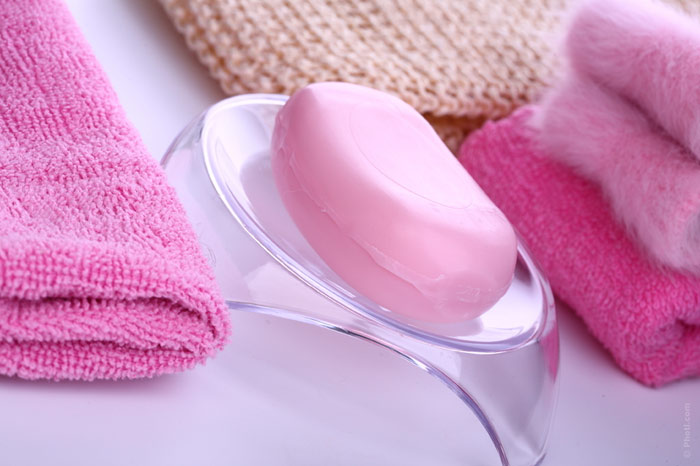A man’s home is his castle. Of course, as befits a castle, a typical casa mia should be completely safe. We do not try to save money on a solid door, secure locks and security systems. At the same time, we do not pay attention to our internal enemies, i.e. microbes. These 15 things are used on a daily basis and are home to many bacteria. Do not panic: everything can be fixed. The main thing is to change them often.

Even in a very clean and tidy house, there surely exist a couple of places, which are a real Petri dish for bacteria. We may not be aware of these sources of evil because they are disguised as everyday objects, familiar to everyone. It is advisable to protect yourself. In fact, this is not difficult: you should simply change the things from this list more often.
1. Shower curtains
Scientists shrug: it turns out impossible to prevent the formation of mold on curtains for the bathroom. Accordingly, it makes no sense to waste a considerable amount of money to buy this useful, but short-term thing. After some unsuccessful attempts to wash the vinyl curtains in your washing machine, it is better to just buy a new one.
2. A stand for toothbrushes
Of course, it is possible and necessary to clean it. As often as possible. In the case of bathroom curtains, dirt and rust spots will inevitably appear on the surface of your stand for toothbrushes, especially in its lower part. Do not forget that the toothbrush, which is stored there, ends up in your mouth every day. The conclusion is obvious.
3. A doormat
The main purpose of this rug is to prevent dirt from the street from getting into your clean house. A good habit of having a new doormat for every new season of the year will help you maintain cleanliness.
4. A stand for drying dishes
Look. Is it rusty? Are these small dark spots mold? It’s time to rush to the store for a new one!
5. Hand towels
Towels are almost the main source of bacteria (and of paranoia for germophobes) in the house. Dermatologists warn that when you wipe your hands with a dirty towel, you are, in fact, returning the washed away germs back to your skin. The bad news is that you need to change a hand towel after each use – in a perfect world. In the conditions of fierce reality, changing it once a week would be fairly enough. You can always use paper towels, which will greatly save your time and nerves.
By the way, it is recommended to change bath towels after every 3-5 uses. In order to avoid the unpleasant odor, try to replace the fabric softener (which, in fact, keeps all flavors) with a similar amount of vinegar.
6. Pot-holders
It’s not just about health. If a pot-holder has got burnt at least once, change it immediately not to burn your hands.
7. A trash can
If the smell of garbage in the kitchen becomes permanent, it is an unambiguous hint that you should change the trash can.
8. A soap dish
It should be changed not only for reasons of hygiene, but also for the purpose of the budget décor of your bathroom. For the metal soap dish not to get rusty for a long time, cover its outside with a layer of transparent nail polish.
9. Stoppers for tubs and bathroom drains and grates
Rust, mold, and fungus are the reasons justifying frequent replacement of drains and grates.
10. Laundry bags and baskets
Just as in the case with its “colleague”, a trash can, this useful thing can quickly become a source of an unpleasant smell.
11. Kitchen towels
Researchers from the University of Arizona have shocked all housewives with bad news: about 89% of kitchen towels preserve coliform bacteria on their surface. It turns out that in order to properly and safely use kitchen towels, they have to be disinfected between the uses. For example, get a full sink of water, add 2 teaspoons of bleach, and wash the kitchen towels.
12. Plastic food containers
Cracks, changes in color, unpleasant smells and a few years of age are good reasons to send your plastic containers into a (new!) trash can and buy new ones.
13. Sponges for washing dishes
It’s a classic case. Enemy #1. When you clean your dishes (especially cutting boards) from food residues, millions of pathogenic bacteria are deposited in the sponge and are waiting for the right moment (i.e. the next washing) in order to move back to dishes. Cleaners do not kill bacteria completely, but only wash them away. So the sponge must not only be changed frequently, but also get disinfected between uses. It is recommended to boil them (even in a microwave oven), or place them into a solution of 9 parts of water and 1 part of bleach for 10-30 seconds. However, in general, they are not expensive to afford throwing out the old sponge.










